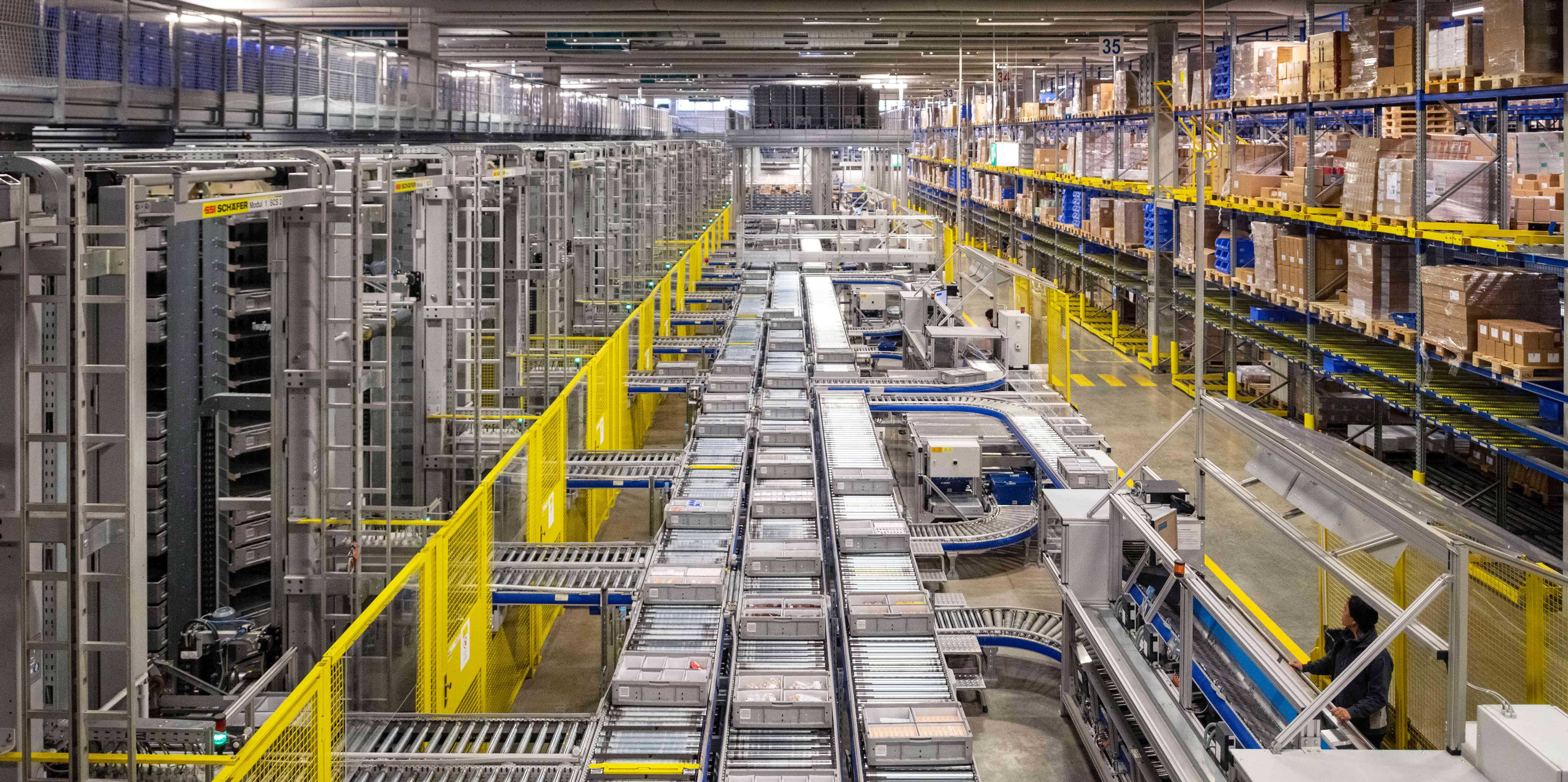Supply bottlenecks for medications present major challenges to healthcare systems the world over. In Switzerland, for instance, just under 1,000 drugs that are covered by statutory health insurance are currently unobtainable. Currently, the main strategy for tackling such bottlenecks has been diversification: if it looks like supplies of a particular drug will run low, wholesalers try to procure alternative products via other manufacturers and supply chains in the market. But all too often, this proves difficult because the shortage of raw materials for medications means that there are no alternatives available.
ETH researchers have now produced a study, published in the journal external pageScience Advancescall_made, that points out a different path. Even if multiple wholesalers are affected by a supply bottleneck for a particular drug, there is usually enough of that drug available within the overall medication distribution system. As long as the wholesalers reroute scarce medications as flexibly as possible along existing supply chains, they can stave off and ease shortages. This calls for fully digital distribution systems that allow supervisory authorities and wholesalers to monitor inventories in real time and see the location of specific shipments.
“Flexible, digital supply chains lead to more efficient distribution of scarce goods. It’s a way of combatting supply shortages without necessarily having to increase production immediately,” says Frank Schweitzer, Professor of Systems Design at ETH Zurich. Together with the scientists in his research group, he developed a model that measures the flexibility of drug distribution systems in real time with a view to ascertaining their resilience. This model can help supervisory authorities to detect supply shortages early on and to enhance the resilience of distribution systems.
Flexible supply chains
“You can picture the distribution network for a medication like a road network with various junctions,” says Luca Verginer, one of the study’s coauthors. Buyers like pharmacies and hospitals tend to be connected to manufacturers through several wholesalers, which store their stock at distribution centres. It would be possible for these distribution hubs to reroute medication shipments as well.














